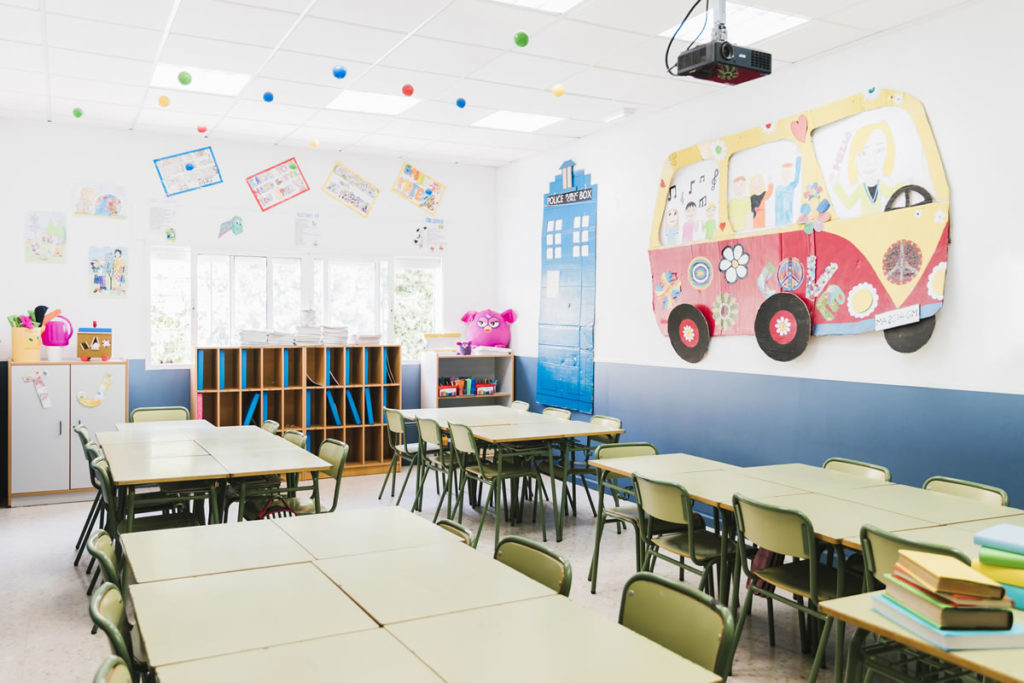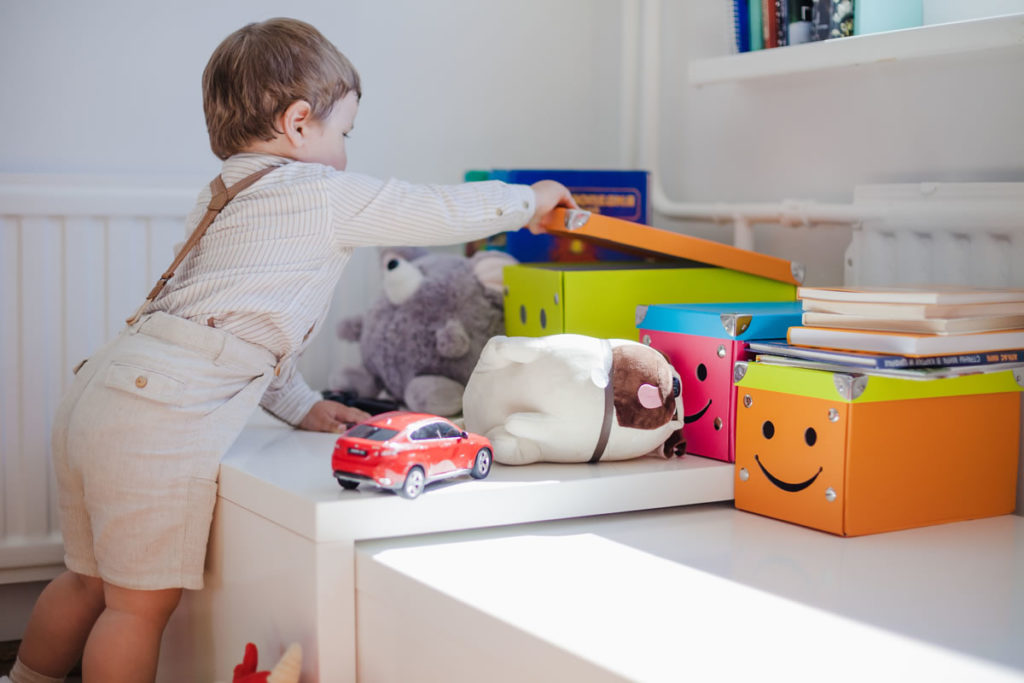Do you have objects in class that attract students’ curiosity, and does this sometimes lead them to ask questions that encourage meaningful conversations? Is your classroom visually stimulating for students ? Does it cultivate creativity and, more importantly, is it filled with objects, pictures, and even accessories that help students learn, even when they think they are not learning?

So, like most teachers (especially as a child), you are one of those who decorate their classroom with posters and objects that help promote learning , but also give a little dynamism to a learning environment that, therefore otherwise, it is usually quite monotonous. Typically, for example, science teachers have complete skeletons and periodic tables in classrooms, or history teachers have maps and portraits of famous historical figures taped to the walls. However, the best teaching accessories are those that are not so obvious and that help the teacher reach students in a much more unexpected way.
How to decorate your classroom to encourage curiosity and learning
Ultimately, you are one of those teachers who want their classroom to be much more than just a visual display of a particular topic, to be much more than rhymeless posters that are almost randomly distributed throughout the classroom. As a good teacher, you know that if such an environment does not encourage curiosity and learning, you will have fallen on deaf ears. That is why it is so important not to oversaturate and focus and choose very well what the classroom is going to be used with.
So in this article, we want to offer you some suggestions that will help turn your classroom into an oasis of curiosity and wonder:
- Objects that tell stories
Often times, the things that inspire us to love teaching are not part of the curricula or traditional school planning. For example, it can be that memory of a teacher that we had, or an object that our grandparents had at home and that makes us want to teach others and move on … Therefore, when it comes to setting the classroom environment and promoting curiosity in your students, it can be interesting to resort to those things that inspire and that are not usually very common in class. For example, a typewriter or an old camera, because using this type of object allows students a different vision of the discipline they are learning and also allows the teacher to share a little of their biography with their students, which is always positive to strengthen relationships.
- Nostalgic and themed toys
If Toy Story taught us something, it is that toys are friends, and that is why they are also great to have in a classroom. Toys that relate to each topic and subject are ideal , displaying a sense of play that is specifically focused on learning, but not all toys need to be topic-centered. Some toys, such as foam balls or other objects that require the use of hands, have been shown to be very useful for students who are easily distracted when trying to concentrate, as they allow their hands to become involved and therefore, focus your attention more easily. Nostalgic toys can also say something about one’s background, which will help students to get to know their teachers much better, but also something more about the culture of their land.

- Connections to culture and fantasy
Today young people are closely linked to television series, as may be the case with Stranger Things . If we know how to take advantage of this, a very good way to relate it may be to resort to books and films in which these types of series today are inspired, such as the Neverending Story … stories that allow us to talk about surrealism and nature of dreams to students in a language or art class, for example, in a way that they can better understand. These types of cultural references are also a way to connect with the interests of the students, and for them to see their world outside the classroom as a little more human and conscious.
- Travels and tunnels to the past
In a generation of young people that is almost “addicted” to technology, it is contradictory to see how they are unaware of many things from the not so distant past. If today you talk to your students about typewriters, as we said, or about political posters, or slides… it is very likely that they will look at you with surprise and almost mockery. That is why all these types of objects can be a very interesting resource to set the classroom at certain times, such as making exhibits or time tunnels to travel to the past. Look for old books, photos, or illustrations that reflect the world in another era. Sometimes many objects are interesting just because they have become obsolete, such as recreating some inventions in the classroom. Try to orient this type of exhibition to your subject and to enjoy.
Changes are almost always good, and that is why there are so many things in the past that are worth recovering, as a symbol of those changes and of who we are and what we were. And for the same reason it is advisable to periodically change the classroom environment and the type of environment that we use, whether in children or primary and secondary schools. Simple changes and rearrangements can create a fluid and lively atmosphere, and never predictable for students, fostering their curiosity and motivation.
And in your classes? What are the objects that tell stories?











































































































